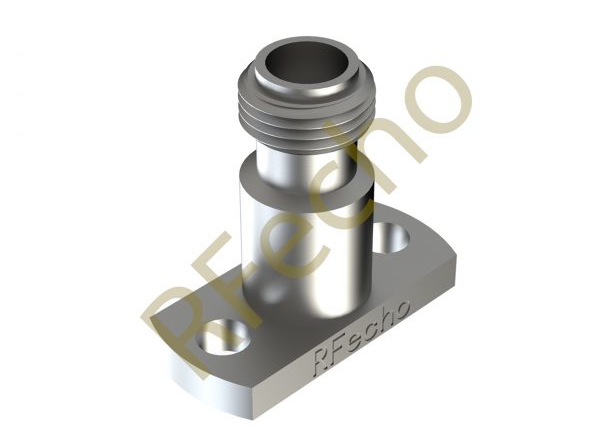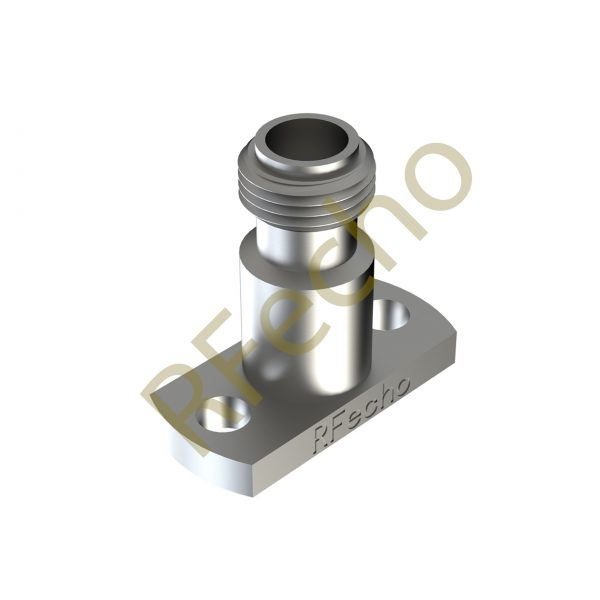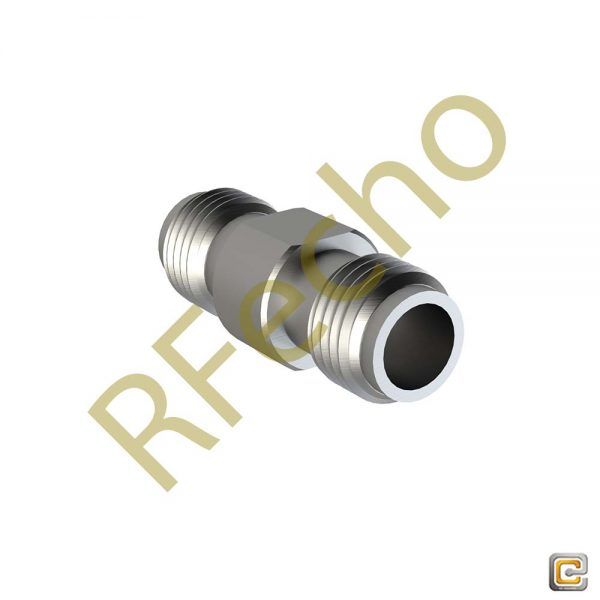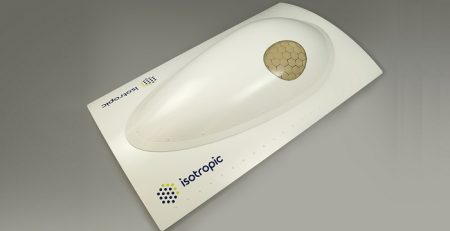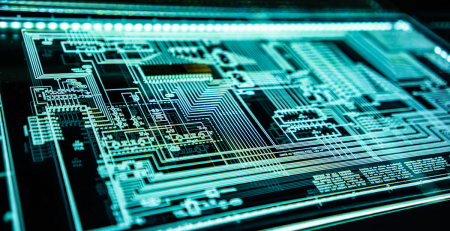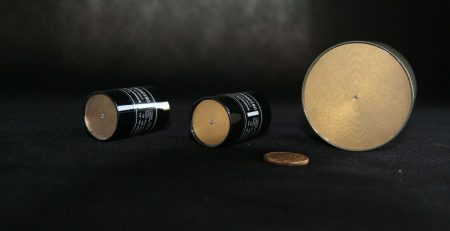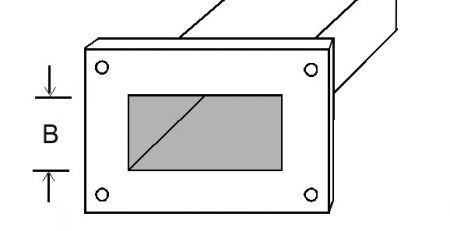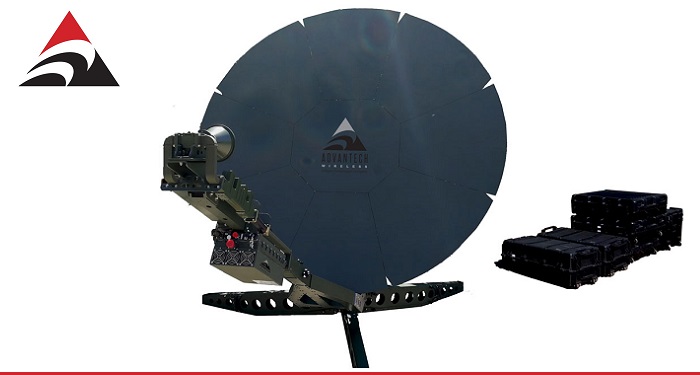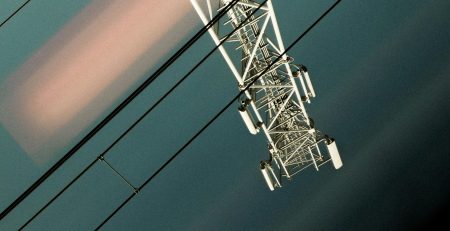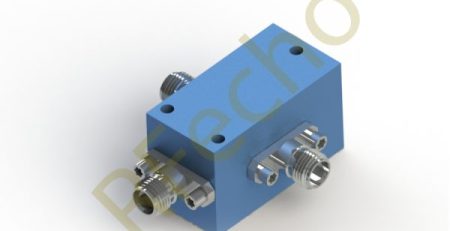Simplifying Setups: The Value of Various Cable Adapters and Connectors
Overview of Cable Connectors
Definition and Importance of Cable Connectors
Cable connectors are critical components that link various devices, allowing for seamless communication and power transfer. They come in numerous forms, depending on their application, such as transmitting audio, video, data, or electrical power. The efficiency and reliability of these connectors can significantly influence the performance of electronic systems. In essence, cable connectors are the unsung heroes that hold together the architecture of modern technology, meticulously engineered to support the high demands of contemporary digital and analog interfaces.
Common Uses of Cable Connectors in Various Industries
Cable connectors are utilized across a multitude of industries due to their versatile nature. In the telecommunications sector, they are imperative for networking infrastructure, facilitating smooth data flow between servers, hubs, and end-user devices. The entertainment industry relies on these connectors for high-definition audio and video transmission in broadcasting and home theater systems. In automotive manufacturing, robust connectors ensure efficient vehicle diagnostics and communication between electronic control units. Additionally, in the medical field, specialized connectors are crucial for the reliable operation of diagnostic and therapeutic equipment. Each industry demands a specific set of connectors designed to meet stringent performance and durability criteria.
Types of Cable Connectors
Audio and Video Connectors
Coaxial Connectors
Coaxial connectors are widely used for transmitting television and internet signals. These connectors feature a single copper conductor at their center, surrounded by a plastic layer for insulation, metallic shielding, and an outer plastic sheath. They are renowned for their ability to carry high-frequency signals with minimal interference. Commonly found coaxial connectors include BNC, F-type, and RCA connectors. Their robust design makes them suitable for various applications, from home entertainment systems to professional broadcasting environments.
HDMI Connectors
High-Definition Multimedia Interface (HDMI) connectors are indispensable in the realm of modern electronics, providing both audio and video transmission through a single cable. These connectors come in standard, mini, and micro sizes, catering to different devices ranging from large televisions to compact cameras. HDMI connectors support resolutions ranging from standard definition to 4K Ultra HD, as well as multiple audio channels, making them ideal for high-definition home theater systems and gaming setups. Their universal design and compatibility with numerous devices have made HDMI the go-to standard for audio-visual connections.
RCA Connectors
RCA connectors, named after the Radio Corporation of America, have been a staple in audio and video equipment for decades. These connectors typically come in pairs or triplets, color-coded for easy identification: red and white (or black) for audio, and yellow for video. Although newer digital connectors have emerged, RCA connectors remain popular due to their reliability and widespread compatibility with older equipment. They are commonly found in televisions, DVD players, and game consoles, providing a straightforward solution for connecting audio and video devices.
Data and Network Connectors
Ethernet (RJ45) Connectors
Ethernet connectors, commonly referred to as RJ45 connectors, are the standard for wired networking. These connectors consist of eight pins, arranged in a modular plug design, used to connect devices to local area networks (LANs). RJ45 connectors are pivotal in ensuring fast and reliable internet connectivity, supporting various Ethernet standards such as Cat5e, Cat6, and Cat7, which differ in speed and data transmission capabilities. They are ubiquitous in offices, data centers, and homes, enabling seamless communication between computers, routers, and other networked devices.
USB Connectors
Universal Serial Bus (USB) connectors are among the most versatile and widely adopted types of connectors, used for data transfer, charging, and peripheral connection. USB connectors come in various forms, including Type-A, Type-B, Micro-USB, and the newer USB-C. USB-C, in particular, has gained prominence for its reversible design, high data transfer rates, and ability to deliver power, making it ideal for modern smartphones, laptops, and tablets. The universal nature of USB connectors simplifies the connectivity of a multitude of devices, ensuring ease of use and compatibility.
Fiber Optic Connectors
Fiber optic connectors are essential for high-speed data transmission over long distances, utilizing light signals instead of electrical currents. Common types of fiber optic connectors include SC, LC, ST, and MTP/MPO, each designed for specific applications and performance standards. These connectors are integral to the backbone of telecommunications networks, data centers, and internet service providers, providing the bandwidth and speed necessary to support contemporary digital communication demands. The precision and reliability of fiber optic connectors make them indispensable in environments where data integrity and speed are paramount.
Power Cable Connectors
AC Power Plugs and Sockets
AC power plugs and sockets are a fundamental category of power connectors, used universally to connect electrical appliances to the mains electricity supply. These connectors come in various types depending on regional standards, such as Type A, B, C, D, and more, denoting different plug shapes and socket configurations. They are designed to carry substantial currents, ensuring the safe and efficient operation of household appliances, office equipment, and industrial machinery. Their robust construction includes features such as grounded connections and polarized plugs to enhance safety and reliability.
DC Power Jacks
DC power jacks are used primarily to supply direct current (DC) power to electronic devices. These connectors are commonly found in applications such as laptops, cameras, and portable devices. DC power jacks come in a variety of sizes and configurations, tailored to meet specific voltage and current requirements. Their design often includes a central pin for power delivery and an outer sleeve for ground connection, ensuring proper polarity and stable power supply. The dependability of DC power jacks is crucial for the uninterrupted operation of battery-powered and low-voltage devices.
Specialized Connectors
D-subminiature (D-Sub) Connectors
D-subminiature connectors, commonly known as D-Sub connectors, are widely used for analog and digital signal transmissions. They are characterized by their D-shaped metal shield, which provides mechanical support and ensures proper alignment. D-Sub connectors come in various configurations, including 9, 15, 25, and more pins, making them versatile for numerous applications such as computer ports, serial connections, and industrial machinery interfaces. Their robust design and secure connection mechanism make them a longstanding choice for reliable data transfer in diverse environments.
DIN and Mini-DIN Connectors
DIN and Mini-DIN connectors are circular connectors used in a variety of electronic and audio applications. DIN connectors were originally standardized by the German Institute for Standardization and are commonly found in audio equipment, MIDI instruments, and early computing devices. Mini-DIN connectors, a smaller version, are used in contemporary applications such as S-video connections and certain types of computer peripherals. Their design allows for multiple pin configurations, providing flexibility in signal transmission and compatibility across different devices and industries.
The Role of Adapters in Cable Connections
Definition and Functionality of Adapters
Adapters play a crucial role in cable connections by enabling compatibility between components that use different connector types. They effectively bridge the gap between varied standards and interfaces, ensuring smooth communication and signal transition. Adapters can convert one type of connector to another, allowing users to utilize existing cabling infrastructure and devices without the need for extensive rewiring or replacements. Their functionality extends across audio, video, data, and power applications, making them an essential accessory in modern electronic setups.
Common Types of Adapters
Audio Adapters
Audio adapters are designed to connect audio equipment that uses different types of connectors. Examples include 3.5mm to 6.35mm adapters, XLR to RCA converters, and optical to coaxial digital adapters. These adapters enable users to connect headphones, microphones, and sound systems to various audio sources and outputs. By providing compatibility across different audio standards, they ensure that sound quality is maintained, and users can fully utilize their audio equipment without constraints.
Video Adapters
Video adapters allow for the connection of video devices with different interfaces, such as HDMI to VGA, DisplayPort to DVI, and Mini DisplayPort to HDMI. These adapters facilitate the integration of old and new technology, enabling users to connect newer monitors to older computers or vice versa. Video adapters maintain signal integrity, ensuring that high-definition video quality is preserved across different device connections. Their adaptability makes them indispensable for presentations, home entertainment systems, and professional video production environments.
Data Transfer Adapters
Data transfer adapters are used to connect and transfer data between devices with varying connection types. USB to Ethernet adapters, USB-C to USB-A converters, and SATA to USB interfaces are common examples. These adapters enhance the versatility of data ports, allowing for seamless data exchange between devices such as external hard drives, network adapters, and legacy devices. By supporting various data transfer protocols, these adapters ensure that users can access and transmit data efficiently, regardless of the connectors available on their devices.
Choosing the Right Connector for Your Needs
Factors to Consider When Selecting a Connector
When selecting a connector, several factors must be taken into account to ensure optimal performance and compatibility. These include the type of signal being transmitted (audio, video, data, or power), the physical environment where the connector will be used, and the specific requirements of the devices involved. Additionally, considerations such as signal quality, connector durability, ease of installation, and future-proofing capabilities should be evaluated. Selecting the appropriate connector involves understanding both technical specifications and practical usage scenarios to ensure that the chosen solution meets all operational needs.
Compatibility and Quality Considerations
Compatibility is a critical consideration when choosing connectors, as mismatched connectors can lead to poor performance, signal loss, or complete communication failure. Ensuring that connectors are compatible with the devices and cables in use is paramount. High-quality connectors are designed to withstand wear and tear, providing consistent performance over time. Investing in connectors made from premium materials and adhering to industry standards can prevent issues related to signal degradation, connection instability, and electrical interference, ultimately contributing to the longevity and reliability of the connected systems.
Connect with Confidence: RFecho’s Adapters and Connectors
Unlock unparalleled connectivity with RFecho‘s premium adaptersand connectors, crafted for the most demanding RF applications. Our precision-engineered products ensure impeccable signal integrity and durability. Whether you’re dealing with intricate test setups or robust communication systems, RFecho’s comprehensive range offers the perfect fit for every scenario. With our connectors and adapters, you’re not just making a connection; you’re building the foundation of a reliable and high-performing network. Choose RFecho for connections that deliver clarity and consistency, every time.
Emerging Trends in Connector Technology
The field of connector technology is continually evolving, driven by advancements in automation, miniaturization, and increasing data transmission demands. Emerging trends include the development of smart connectors with embedded microchips that provide enhanced functionality and diagnostic capabilities. Innovations in materials and manufacturing processes are resulting in connectors that are smaller, more robust, and capable of withstanding harsher environments. Additionally, the rise of wireless connectivity and the Internet of Things (IoT) is fueling the integration of smart, adaptable connectors capable of seamlessly interfacing with a myriad of devices and systems, paving the way for future technological advancements.

